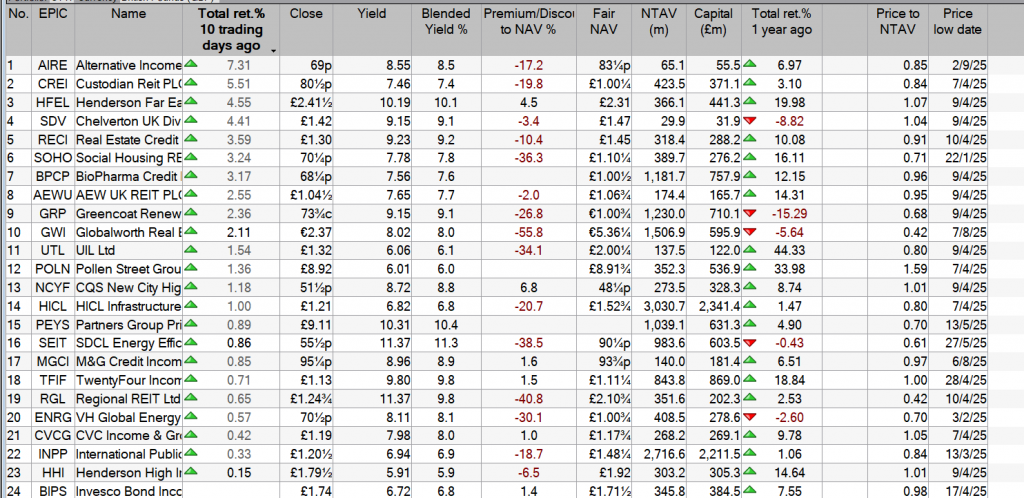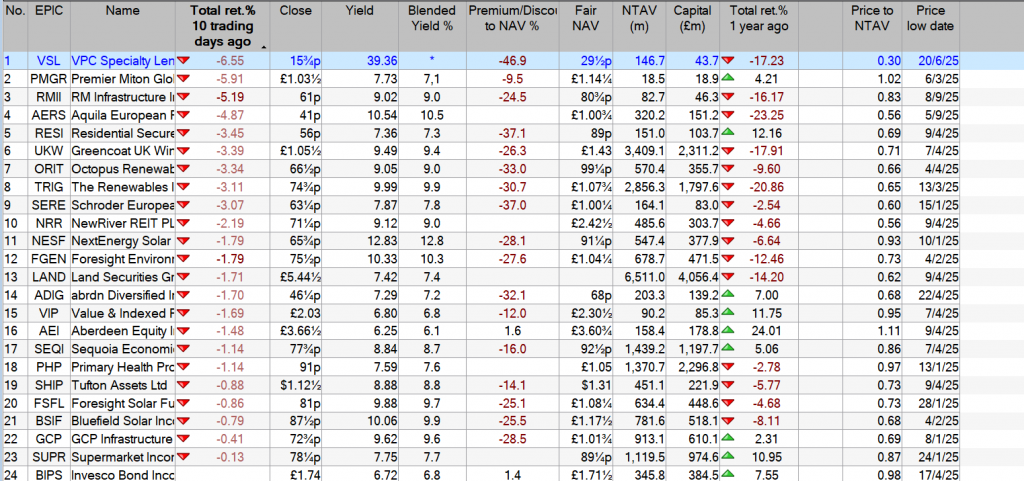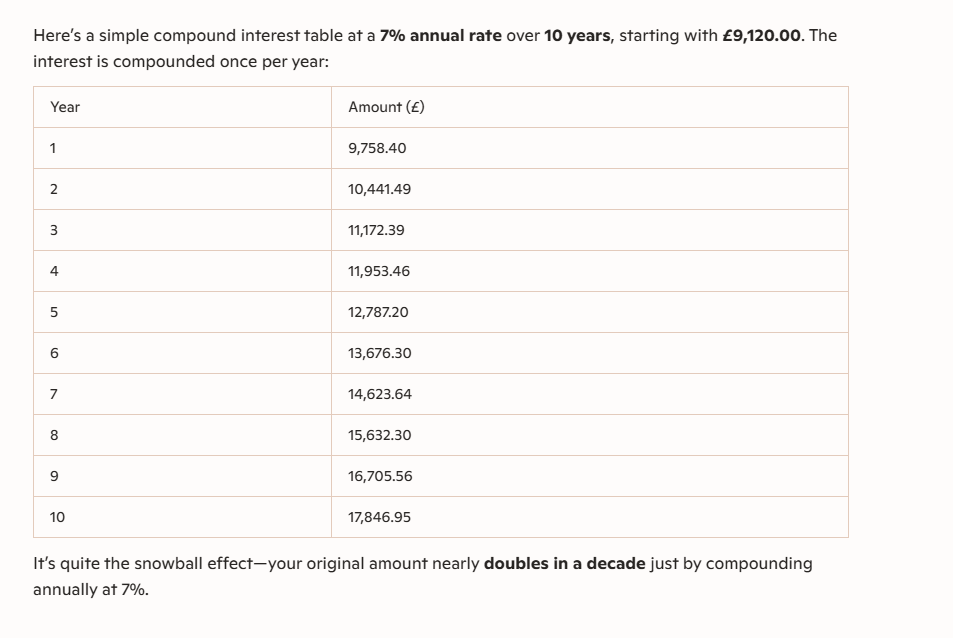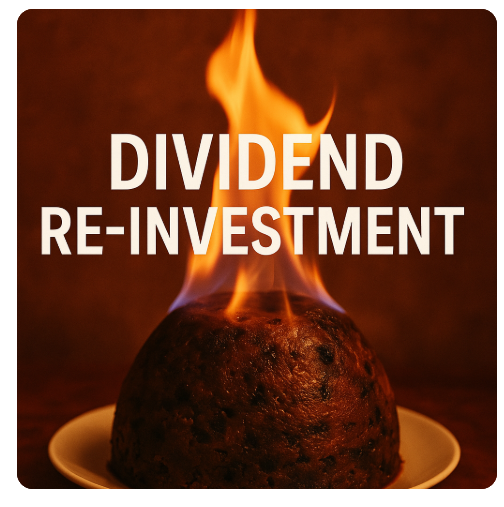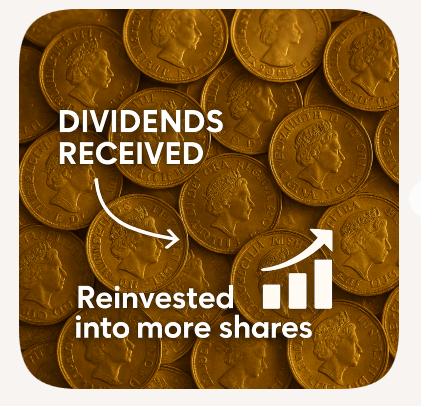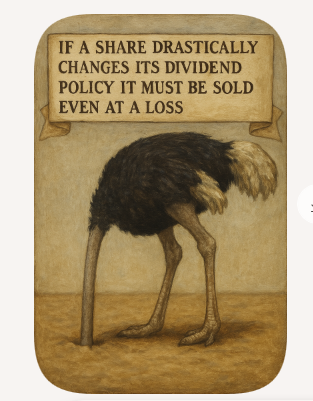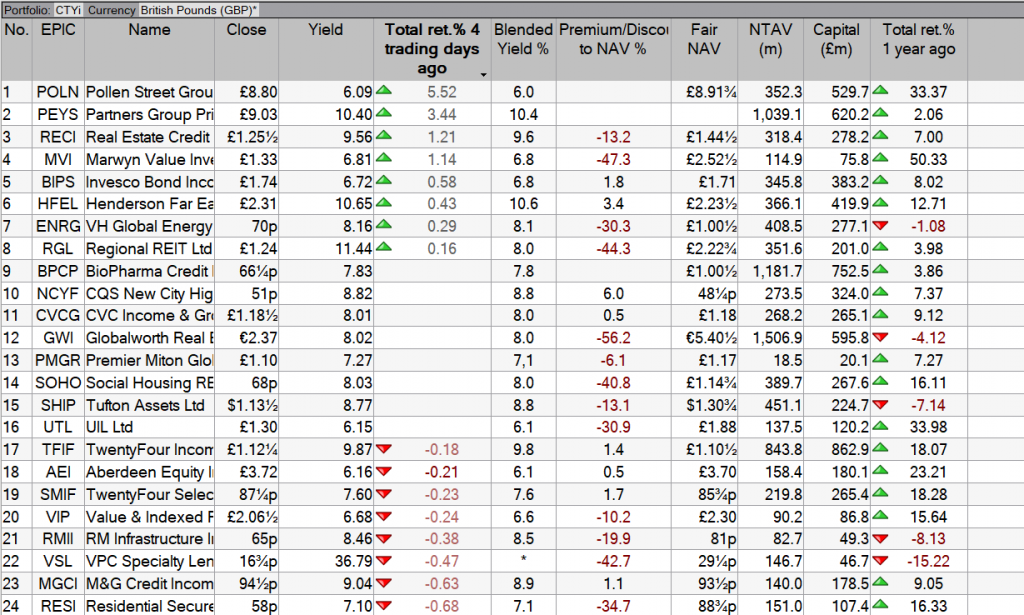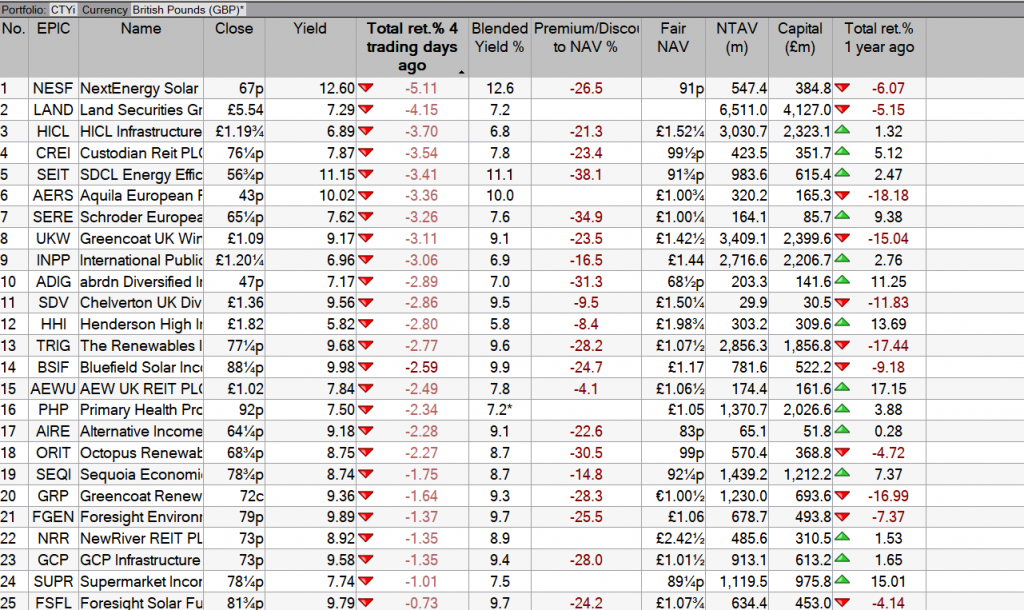VIP
VALUE AND INDEXED PROPERTY INCOME TRUST PLC
DECLARATION OF FIRST QUARTERLY DIVIDEND
The Board of Value and Indexed Property Income Trust PLC (“the Company”) declares a first quarterly dividend of 3.6p per Ordinary Share in respect of the year to 31 March 2026, payable on 31 October 2025 to Shareholders on the register at close of business on 3 October 2025. The ex-dividend date is 2 October 2025. This dividend will be designated as a Property Income Distribution (PID).
The Board will announce in due course the proposed further quarterly dividend payments for the year to 31 March 2026, which will be paid on or around 30 January 2026, 24 April 2026 and 31 July 2026.
£££££££££££££££££££££
RGL
Resilient operations underpinning fully covered dividend; Total Shareholder Return +9.6%
· Dividend declared of 5.0p (H1 24: 3.4p*) fully covered
· EPRA EPS 5.2pps (H1 24: restated 13.5 pps*)
*On 19 July 2024 the shares in issue increased by 1,105,149,821 shares to 1,620,886,404. On 29 July 2024 the shares were consolidated on a 1 for 10 share basis.
£££££££££££££££££££££££
SDV
Chelverton UK Dividend Trust plc
Declaration of Interim Dividend
The Company has today declared a first interim dividend in respect of the year 1 May 2025 to 30 April 2026 of 2.5p per share (2024: 3.25p).
This dividend will be paid on 10 October 2025 to the holders of Ordinary shares on the register at 26 September 2025, with an ex-dividend date of 25 September 2025.
It is the Board’s intention that this payment will be the first of four equal core dividend payments of 2.5p each, being a total of 10.00p, for the year ending 30 April 2026.
£££££££££££££££££££££
SEIT
SDCL Efficiency Income Trust plc
(“SEIT” or the “Company”)
Interim Dividend Declaration
SDCL Efficiency Income Trust plc is pleased to announce the first quarterly interim dividend in respect of the year ending 31 March 2026 of 1.59 pence per Ordinary Share, covered by net operational cash received from investments.
The shares will go ex-dividend on 11 September 2025 and the dividend will be paid on 29 September 2025 to shareholders on the register as at the close of business on 12 September 2025.
£££££££££££££££££
RMII
RM Infrastructure Income Plc
Dividend Declaration
The Directors of the Company, an investment trust specialising in secured debt investments, have declared an interim dividend of 0.625 pence per ordinary share in respect of the period from 1 January 2025 to 30 June 2025:
Ex-Dividend Date – 11 September 2025
Record Date -12 September 2025
Payment Date – 26 September 2025
The Company has elected to designate the interim dividend for the period as an interest distribution to its ordinary shareholders.

